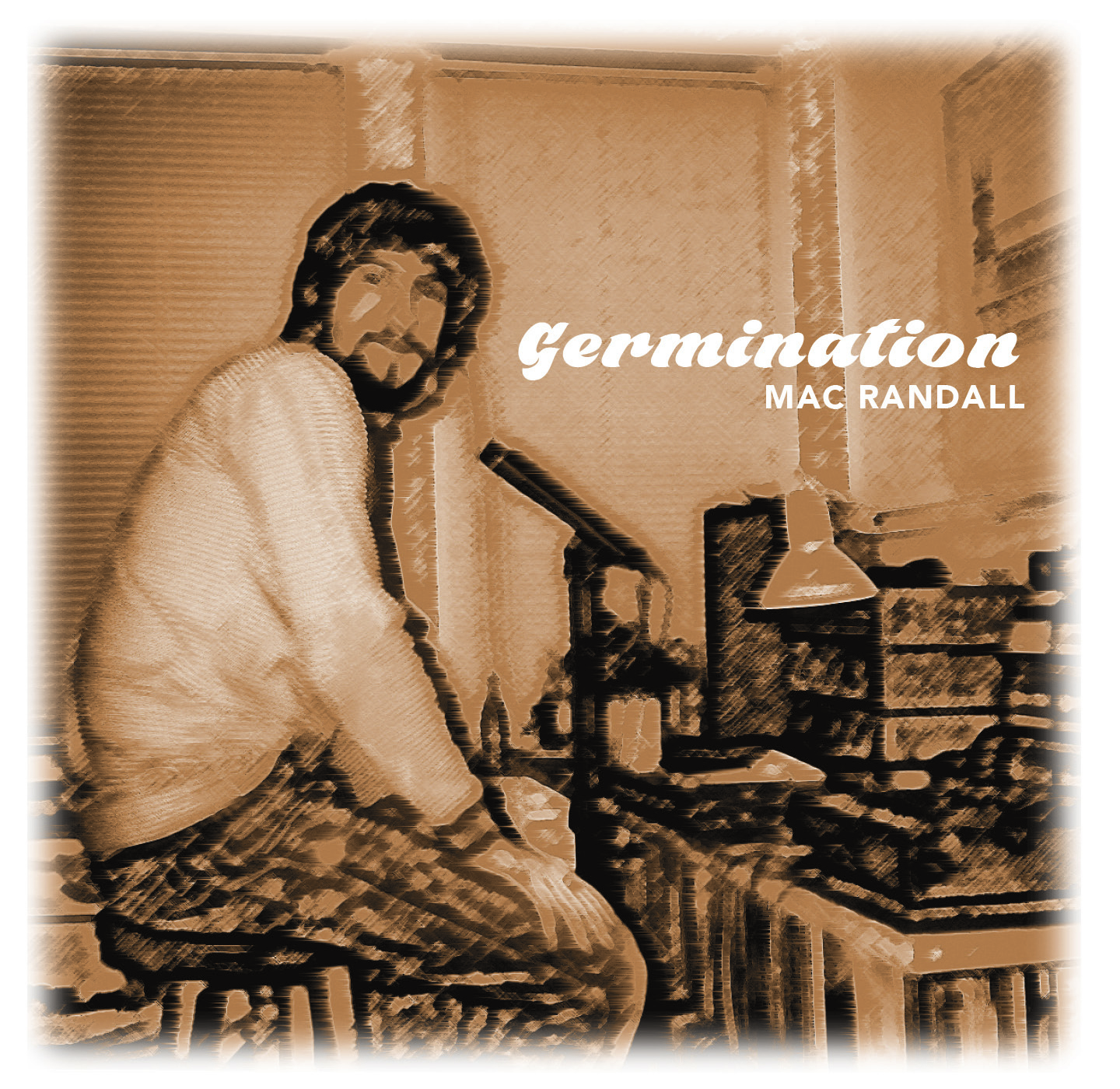My 2013 book report (Part 2)
In Part 1 of this series, I began my ambitious attempt to ride the rising tide of recent rock memoirs by examining the autobiographies of Pete Townshend and Rod Stewart. For Part 2, I review one book by a bassist and another by a drummer. This is one rhythm section I don’t think you’ll be seeing together any time soon, though.
 Peter Hook, Unknown Pleasures: Inside Joy Division (ItBooks) — We all know how the story ends: Joy Division’s troubled singer Ian Curtis hanged himself on May 18, 1980, the night before his band was scheduled to begin its first American tour. But this, astonishingly, is not a gloomy read. Hook’s sorrow at losing his friend and colleague is far outweighed by his pride in what their group accomplished over a few short years, and his words are a welcome reminder that Joy Division was a hard-working, no-nonsense band, not the mythical proto-goth entity created by 30 years of distance and product marketing. A witty raconteur, Hook writes with unselfconscious ease, as if he’s holding forth over a few pints of bitter at the local. And he confirms something I’ve always suspected: that some of his most arresting JD bass lines (perhaps most notably the one in Unknown Pleasures’ opening track, “Disorder”) are loaded with mistakes—which is why they’re so arresting. Hardcore Hookyites should be aware that the focus of this book is extremely limited; there’s hardly anything about Hook’s childhood years or his subsequent career with New Order. Here’s hoping a sequel is in the works.
Peter Hook, Unknown Pleasures: Inside Joy Division (ItBooks) — We all know how the story ends: Joy Division’s troubled singer Ian Curtis hanged himself on May 18, 1980, the night before his band was scheduled to begin its first American tour. But this, astonishingly, is not a gloomy read. Hook’s sorrow at losing his friend and colleague is far outweighed by his pride in what their group accomplished over a few short years, and his words are a welcome reminder that Joy Division was a hard-working, no-nonsense band, not the mythical proto-goth entity created by 30 years of distance and product marketing. A witty raconteur, Hook writes with unselfconscious ease, as if he’s holding forth over a few pints of bitter at the local. And he confirms something I’ve always suspected: that some of his most arresting JD bass lines (perhaps most notably the one in Unknown Pleasures’ opening track, “Disorder”) are loaded with mistakes—which is why they’re so arresting. Hardcore Hookyites should be aware that the focus of this book is extremely limited; there’s hardly anything about Hook’s childhood years or his subsequent career with New Order. Here’s hoping a sequel is in the works.
 Bill Bruford, The Autobiography (Jawbone) — He’s the only man on earth to have played with (among others) all three members of the great British prog-rock triumvirate: Yes, King Crimson, and Genesis. You’d figure he must have plenty of amusing tales to tell, and indeed he does, but he doesn’t tell as many of them in this book as one might hope. Instead, Bruford uses his own story as the platform for frequent digressions concerning the musician’s life. Topics include the cultivation of virtuosity (particularly on his chosen instrument, the drums), the rigors of touring, the boredom of promotion, and the changing currents of the record industry. These digressions are always well written and usually insightful, but I sometimes wished he’d allow himself to stay more first-person. That said, what’s here is wonderful. It’s heartwarming, for example, to learn that Bruford’s been with his wife Carolyn since the mid-’60s. It’s also somehow not surprising to find out that King Crimson guitarist Robert Fripp rather likes scaring children. Bruford says this autobiography marks the end of his life as a working musician; from here on in, he’s retired. This is a decision he’s clearly wrestled with for a long time, and after more than 40 years in the business, he’s certainly entitled to make it, but he’ll be missed. Bringing this home all the more is the recent news that Fripp’s launching a new version of King Crimson, featuring three drummers (!). They’re all top-notch players, but I wager they won’t add up to one Bruford.
Bill Bruford, The Autobiography (Jawbone) — He’s the only man on earth to have played with (among others) all three members of the great British prog-rock triumvirate: Yes, King Crimson, and Genesis. You’d figure he must have plenty of amusing tales to tell, and indeed he does, but he doesn’t tell as many of them in this book as one might hope. Instead, Bruford uses his own story as the platform for frequent digressions concerning the musician’s life. Topics include the cultivation of virtuosity (particularly on his chosen instrument, the drums), the rigors of touring, the boredom of promotion, and the changing currents of the record industry. These digressions are always well written and usually insightful, but I sometimes wished he’d allow himself to stay more first-person. That said, what’s here is wonderful. It’s heartwarming, for example, to learn that Bruford’s been with his wife Carolyn since the mid-’60s. It’s also somehow not surprising to find out that King Crimson guitarist Robert Fripp rather likes scaring children. Bruford says this autobiography marks the end of his life as a working musician; from here on in, he’s retired. This is a decision he’s clearly wrestled with for a long time, and after more than 40 years in the business, he’s certainly entitled to make it, but he’ll be missed. Bringing this home all the more is the recent news that Fripp’s launching a new version of King Crimson, featuring three drummers (!). They’re all top-notch players, but I wager they won’t add up to one Bruford.
Up next: Part 3 of my book report, featuring two artists whose career paths have mirrored each other in uncanny ways.






